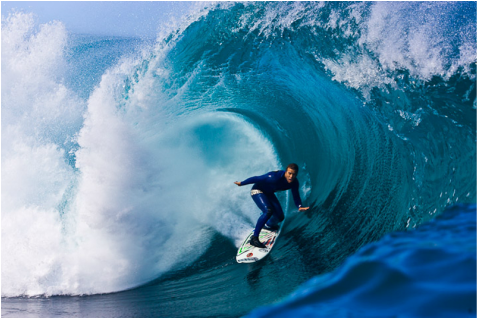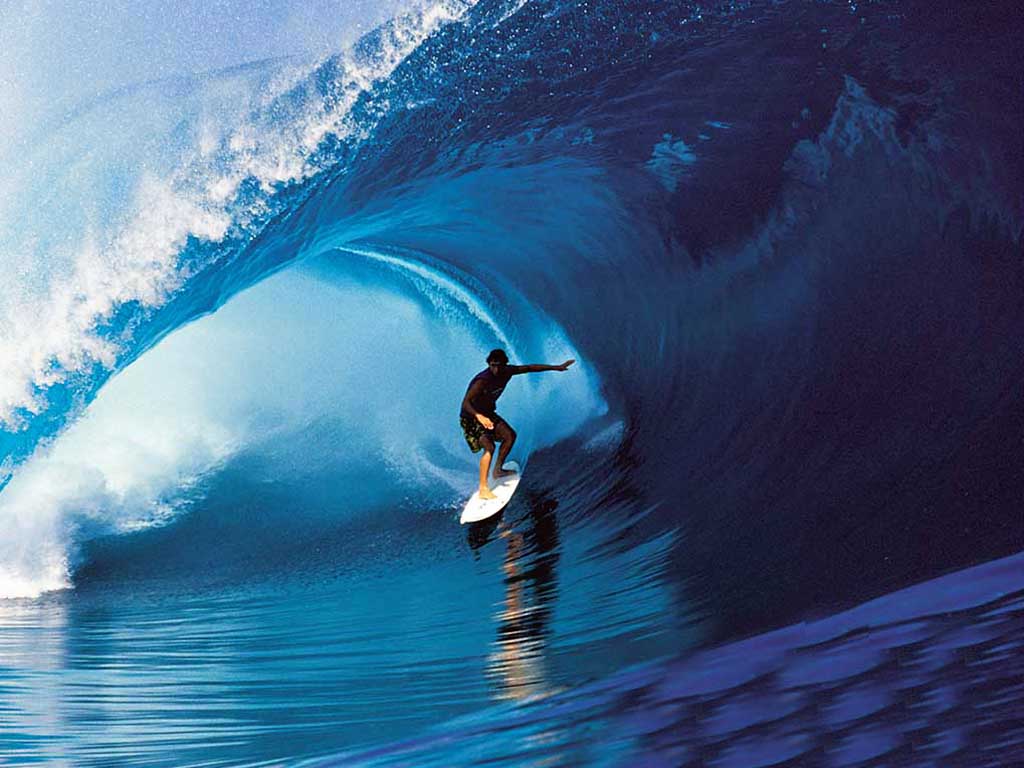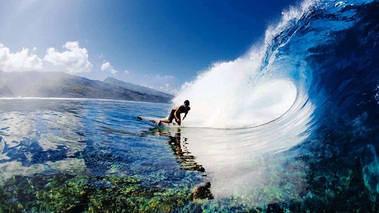 Surfing Injury Statistics Surfing Injury Statistics Common surfing injuries: The most common surfing injuries requiring treatment are lacerations, sprains, dislocations and fractures. The most common surfing injury is a laceration or cut, accounting for about half of all surfing injuries. Half of all lacerations are caused by direct contact with the sea floor. Joint sprains account for 1/4 of all surfing injuries, most commonly to the back, shoulder, knee, and ankle. Dislocations and fractures account for the remainder of injuries with the nose, teeth, and ribs the most common fracture sites. The legs (37%) and head (35%) are most common areas of injury. The torso (16%) and arms (12%) account for the rest of injuries.Acute injuries account for almost 75% of surfing injuries. Aside from lacerations, acute knee injuries are common: two-thirds of knee injuries are sprains, cartilage tears, and dislocations, mostly caused by excessive body torque when performing turns on the wave face, when landing from aerial manoeuvres, or due to a fall. Surfers are also prone to chronic overuse injuries. The most common chronic injuries are strains of the shoulder, back, and neck due to repeated paddling out into the surf. Chronic ligament sprains of the knee occur frequently due to frequent turns and twists. What causes surfing injuries? The most common cause (almost 50%) of injury in surfers is hitting a surfboard, either your own or someone else's. Wipeouts in deeper water cause about one-third of all injuries. Falling and hitting the seabed or sea litter is responsible for almost 20% of surfing injuries. Seabeds of coral double the risk of injury compared to sandy seabeds. Who gets injured? Experienced surfers tend to have more severe injuries than novices most likely because they surf larger waves in more challenging conditions. Inexperienced surfers tend to be injured more frequently, although their injuries tend to be less serious. Competitive surfers have slightly higher injury rates than recreational surfers 1 injury for every 150 hours of surfing. However, competitive surfers usually ride higher waves, perform numerous turns and twists, and often execute aerial maneuvers. Variables that increase the risk for a serious injury (requires hospitalization) versus a minor injury are age over 30 years old, advanced or expert surfing ability, and wave size over the head. There is no difference in the injury rates between men and women. How to prevent surfing injuries?
If your require rehab following a surfing injury, or wish to improve your surf fitness conditioning call Dunsborough Physiotherapy Centre phone: 97553600. For more information please visit our website: http://www.dunsboroughphysio.com.au Comments are closed.
|
AuthorBen Liston of Dunsborough Physiotherapy Centre has over 25 years of physiotherapy experience. Archives
September 2016
CategoriesAll Hydrotherapy Massage Therapy Real Time Ultrasound RICER Injury Management Snow Skiing And Snowboarding Injury Prevention SPRIG Program (Injury Prevention Program For Children And Adolescents) Surfing Injury Info Winter Sports Injury Info |
Proudly powered by Weebly



 RSS Feed
RSS Feed